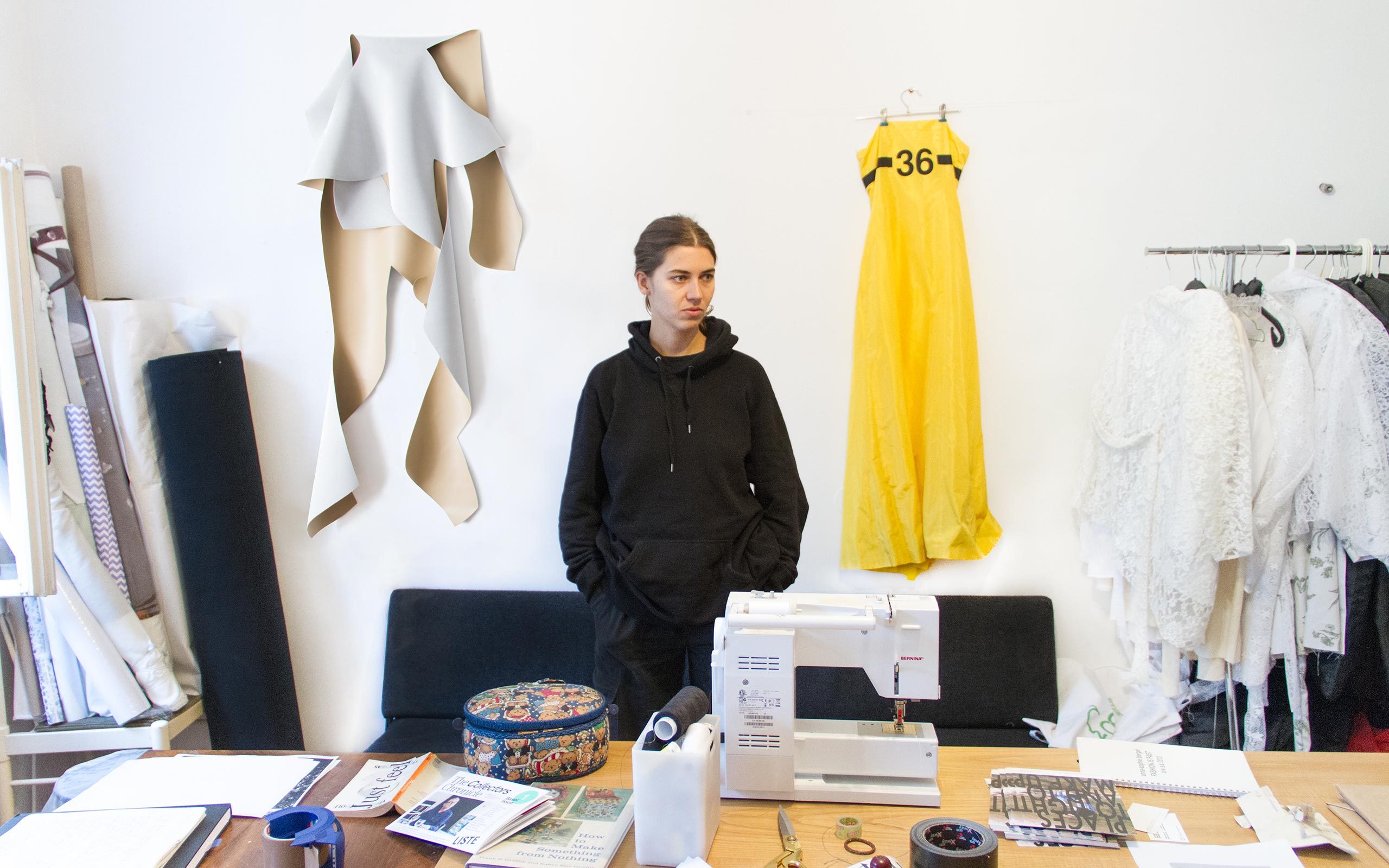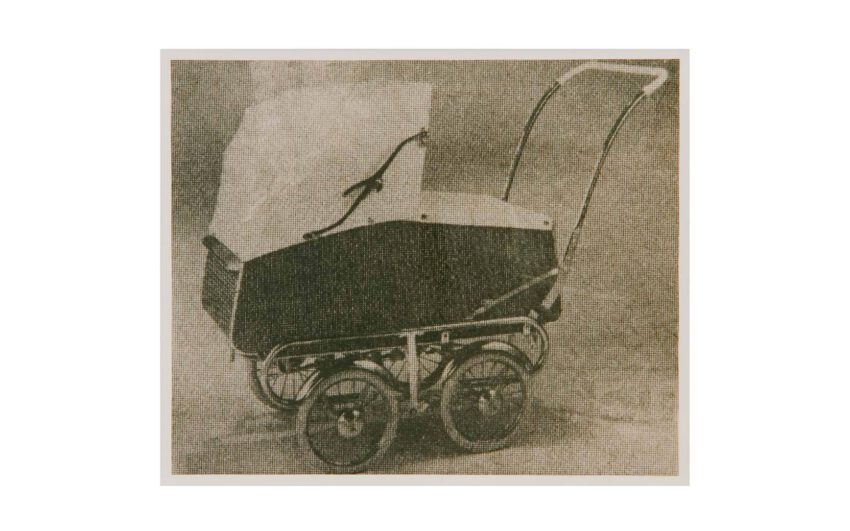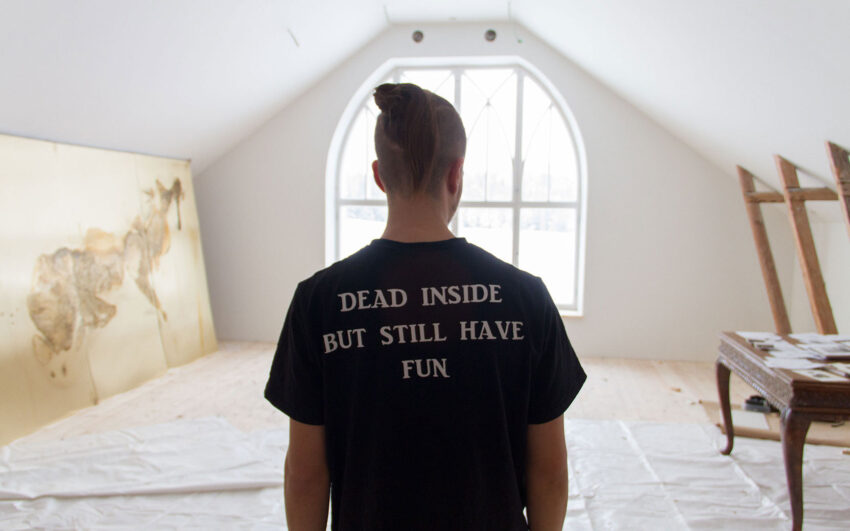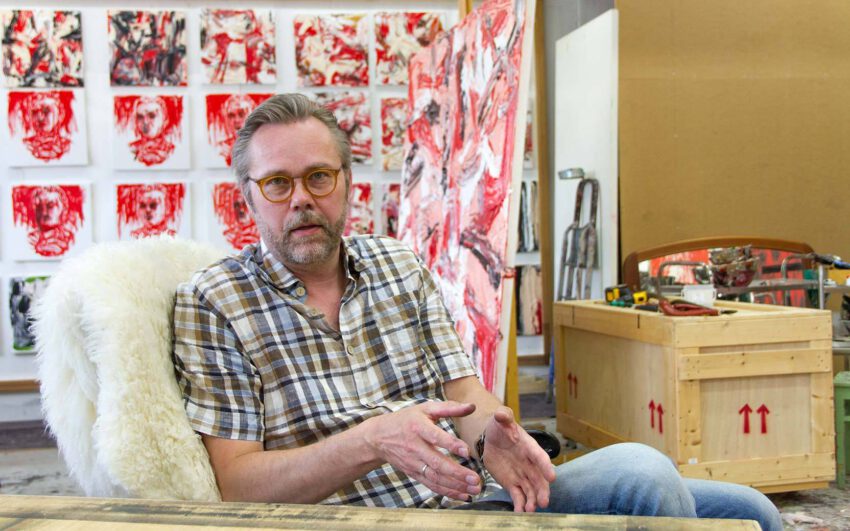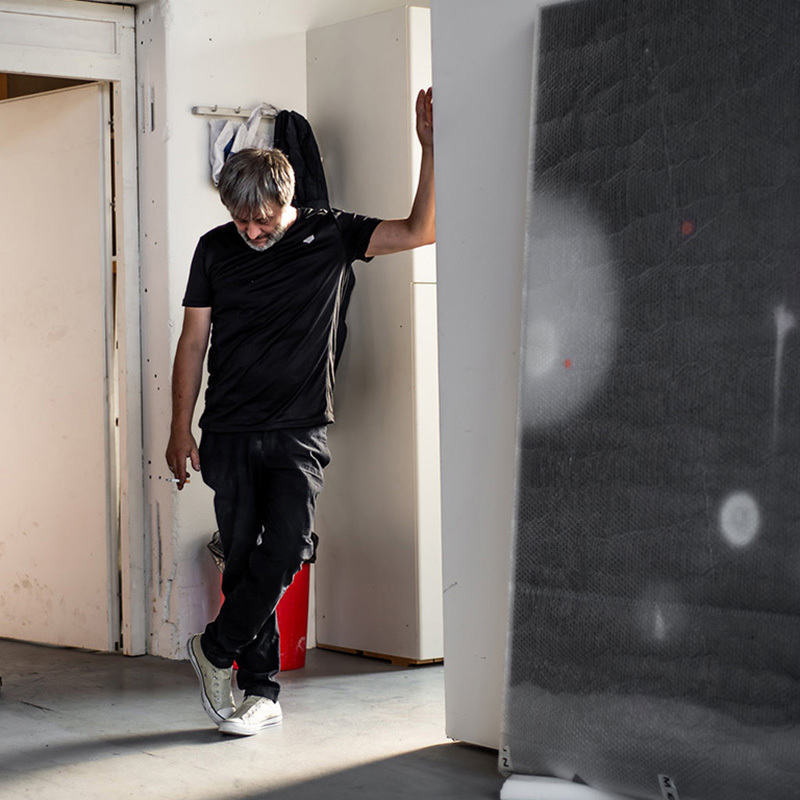In her work Anna-Sophie Berger probes the boarders of disciplines and their fluent transitions in order to approach a critical understanding of individual motivations and feelings. She is interested in a daily tension between physical reality, sensual needs of a social being and an increasingly digital perception of life.
Anna-Sophie, right now one hears and reads quite a lot about you, especially since you were recently awarded the Kapsch Contemporary Art Prize. How did you start making art? Initially you had studied fashion design, hadn’t you?
Perhaps I need to explain: It’s not that I ever intended to have a career in fashion and then ended up doing art, but I’ve always worked artistically... My parents owned a factory producing costume jewelry, so creativity was always a topic in our family. But there was no predetermined professional path for me. There’ve never been artists before in our family. After graduation from high school, I applied for classes with (Gabriele) Rothemann, photography, and although I couldn’t sew, for fashion design with Veronique Branquinho, and was accepted by both. However, I wasn’t really aware of the difference between design and the visual arts, and Rothemann, indicating that it was a life decision, suggested that the two classes were incompatible. I don’t completely agree, because I know that my practice always touched on both fields. However, I have to agree with her to the extent that I know that I could not have managed the workload of both courses simultaneously.
And yet it is obvious that fashion consistently plays a role in your work.
My work is concerned with clothing, not primarily with the concept of fashion itself, but more abstractly in a tactile, sculptural, functional way. What consistently made me sick in fashion design was the almost hysterical panic in the search for new forms: “What are we doing now? Valentino just did this and that. How can we top it?” This is also happening in art – but it has never been my point of departure to say: “How can I arrive at a form which has never existed before in terms of technique and material.” In the best case a new form emerges organically as a result of a good idea.
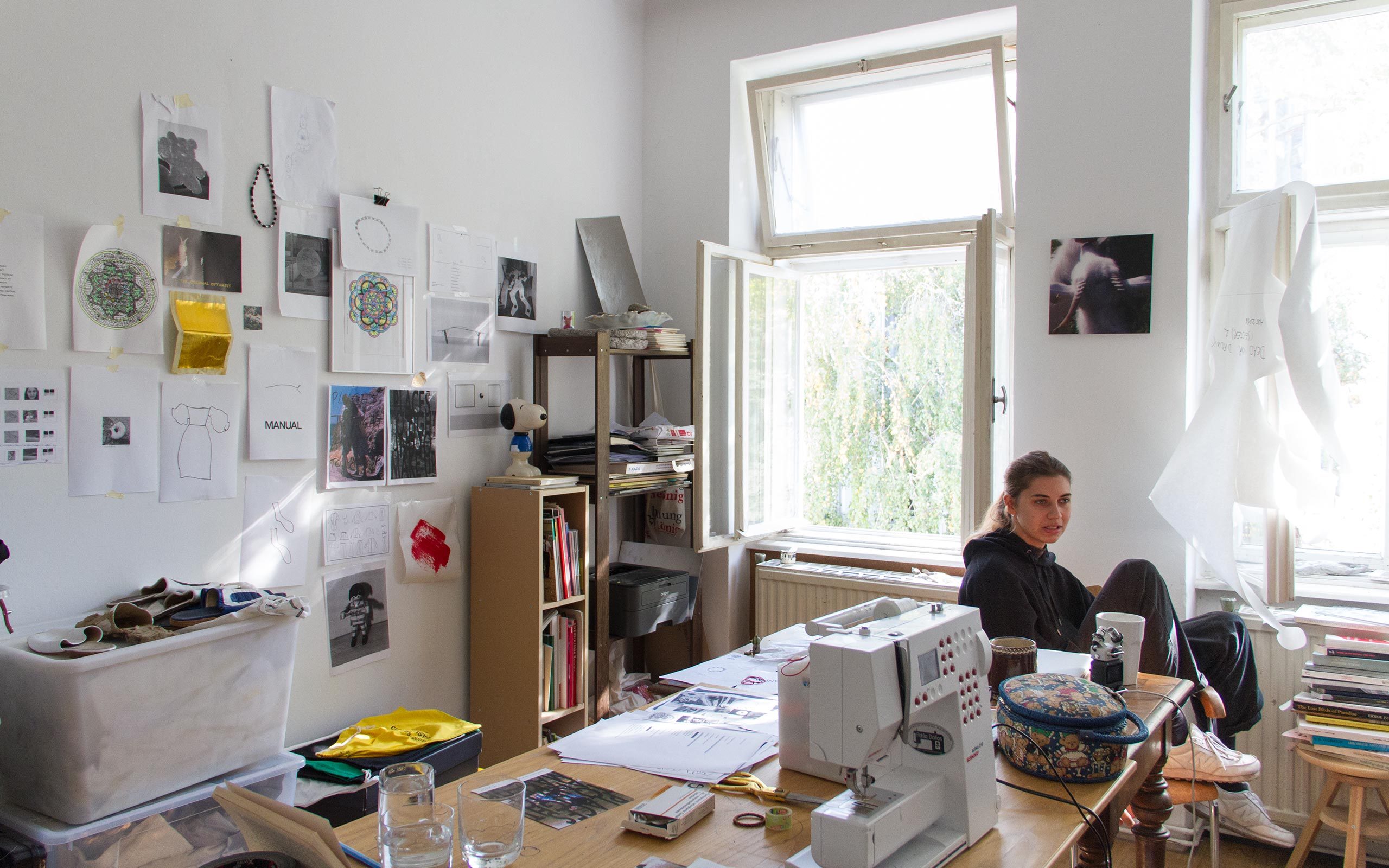
How did you parents react to your decision to pursue art?
When I had completed my fashion studies and declared emphatically that I would not immediately seek employment in that field they did worry a bit, I think. They might have been worried if I was going to be able to successfully enter a structurally still unknown world to me at the time. Initially it had been really difficult for me in fashion, because I wanted to start without any real technical experience. I think my parents were rather proud of how I persevered. Slowly the fear that Iwill be unable to survive as an artist and will inevitably slide into poverty recedes too. My job as a university lecturer has certainly helped, and my partner has also supported me unconditionally from the beginning.
Can you identify parallels in the strategies applied in the fashion business and in the art world?
Yes and no. Often the questions are quite different, yet sometimes they’re unexpectedly close. In fashion the topics trends and sales are essential.
It seems essential to me that there is no “middle ground” in fashion and that the material expense is fundamentally larger. Even if you wanted to make a coat that looks like it had been quickly “spewed out” – that in itself could be part of an artistic concept – yet one would always face the problem how the coat is produced, what holds it together – not to mention moral and ethical questions arising from its production. And if one wants to do this successfully in a capitalist context one has the additional pressure of economic growth, employee’s salaries, etc.
As an artist one might also have this pressure, but as an artist, too, I can decide that I want to make a work from papier-mâché, thereby cutting costs. One can be much more flexible.
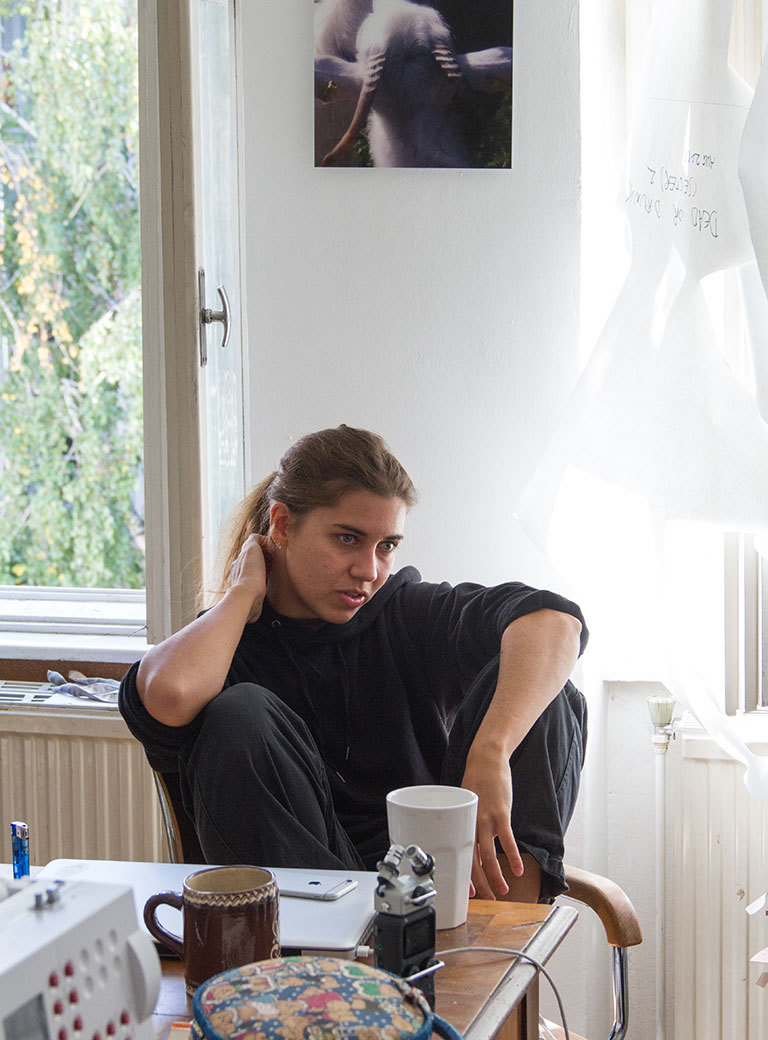
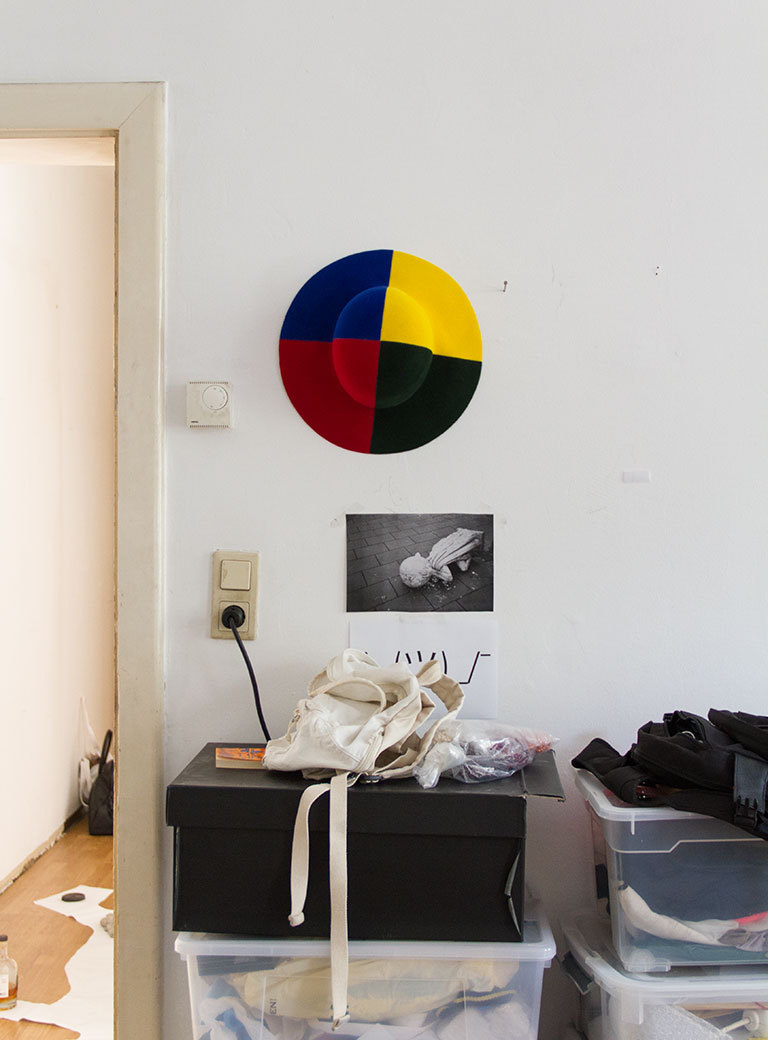
Are there specific themes that you include in your work?
I am interested in people’s motivation: Why does one want to do one thing and not the other? I deal with universal themes that concern me as well. In my work everything is a bit “rhapsodic-dirty” and everything flows into each other, that is, I don’t separate my person from my art necessarily. Whether I drink a cup of coffee with you now or whether I shower – all belongs somehow together. In the completed works these themes are reduced in different ways and at the same time condensed.
While studying one still exists in a rather protected environment. It has little to do with life afterwards. How was it with you after you had completed your studies?
Already when I was a student, I had sold works through my gallery in New York which led to a situation wherein the first two years after the completion of my studies were almost exclusively depending on a dialog with the U.S. This was also a cultural disruption for me. As a Western European one always assumes that one simply has an innate familiarity with American mores, but when in the beginning for example I attended a dinner, I didn’t understand a single reference to American popular culture. I had to learn many things anew.
So you were a complete newcomer in New York. The “bracket” in which you were put in Vienna – whether you make fashion or sculpture – didn’t exist there...
Exactly, on the one hand because of the spatial distance, and on the other hand because New York makes it possible. What distinguishes New York – although it’s an expensive shithole – is its unsatisfied thirst, its interest for the new. The city gives you every chance, especially in the beginning, but that doesn’t last long.
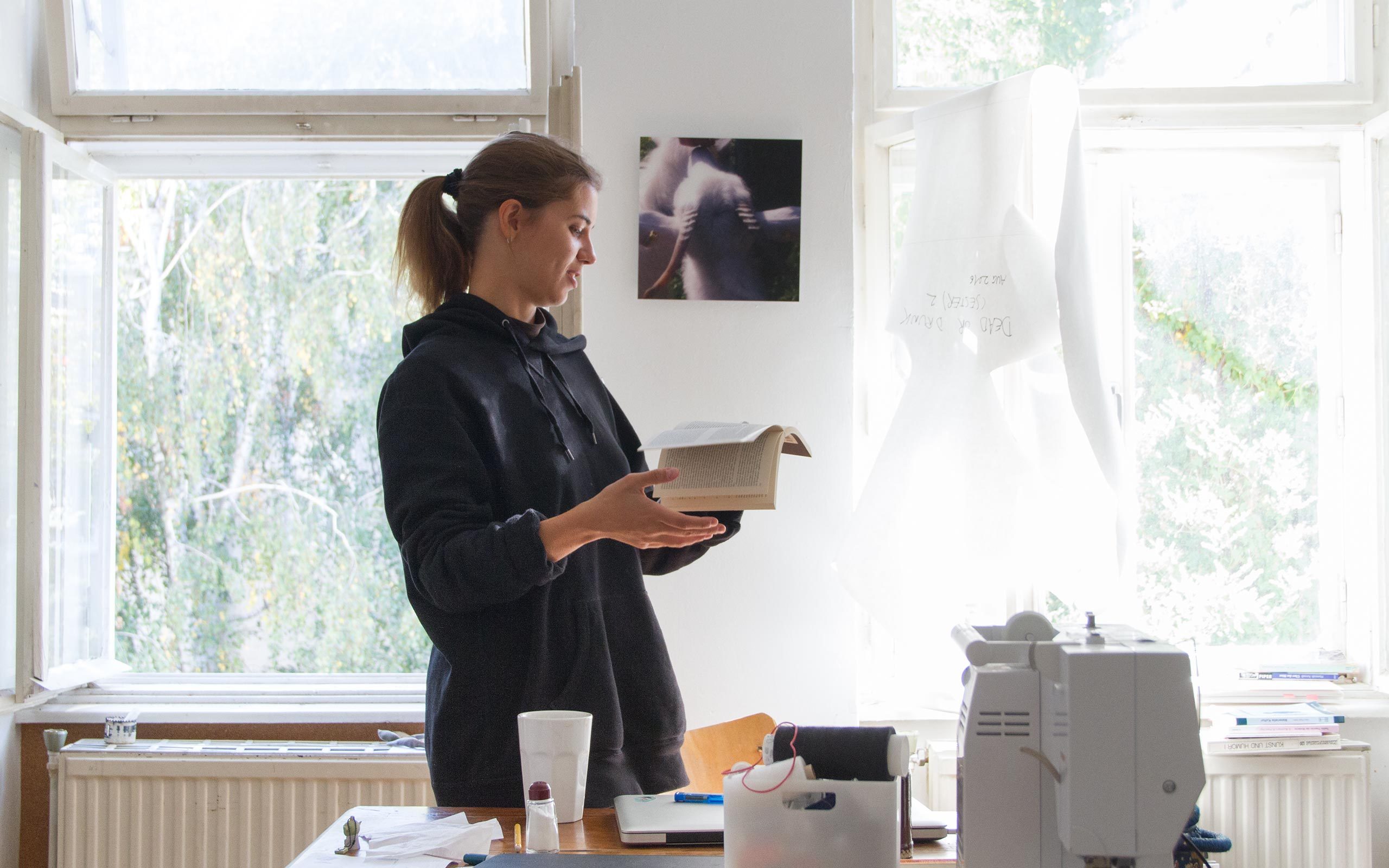
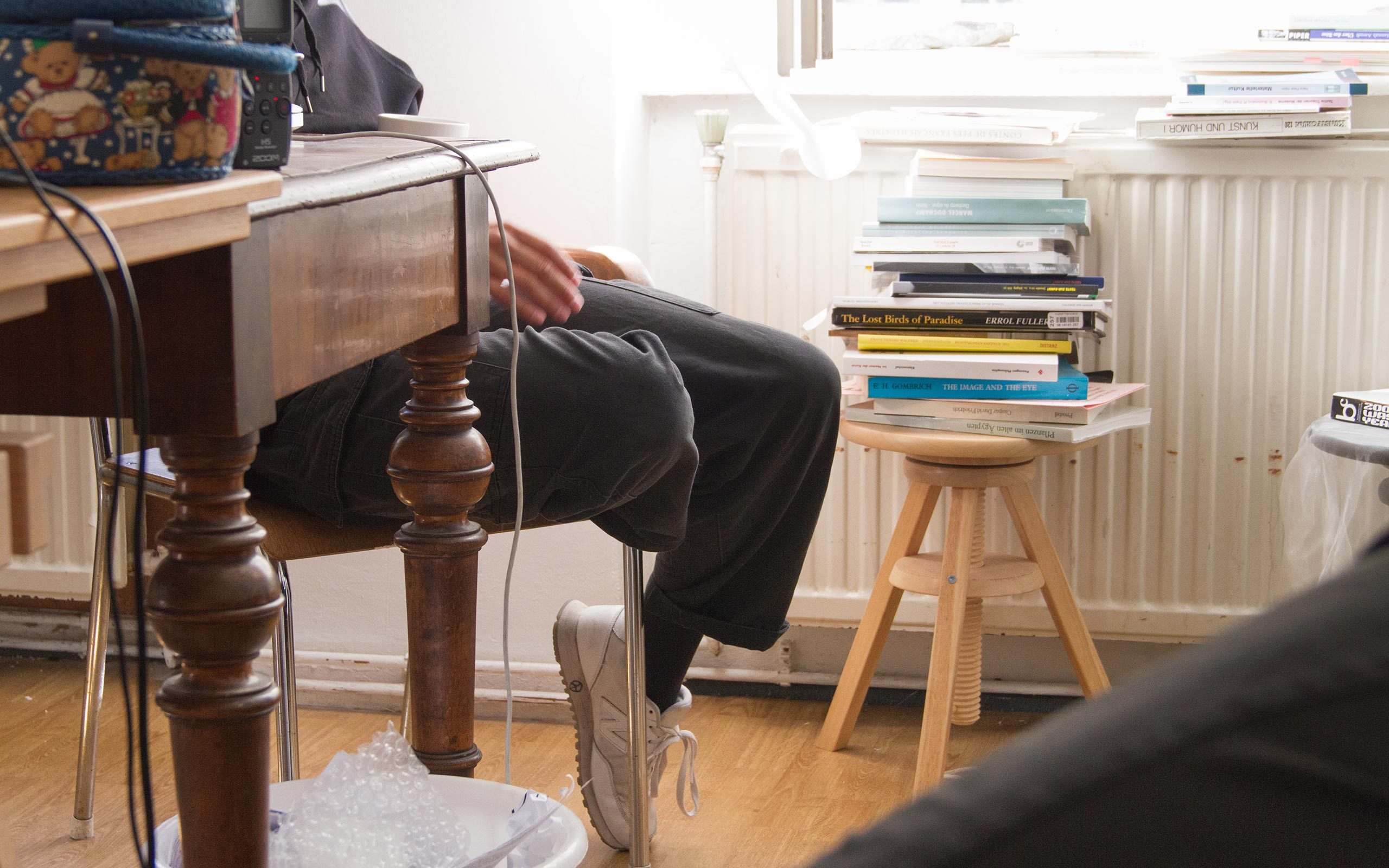
You belong to the so-called generation of “digital natives” that grew up “with digital media.” Do you use social networks for yourself and your art?
I’m certainly influenced by digital media. Frankly, I am a true Instagram kid. Everything that is important to me is on my mobile phone, I get up with it in the morning and go to bed with it at night. I read books almost entirely on Kindle or my cellphone. Since I’ve traveled a lot in recent years which has resulted in many quick changes of location it has helped me to stay in touch with people who are not with me and to have material condensed and accessible.
I had used social media very intensively during my studies as a medium through which I could bring my art to the world. At the time, MySpace was the principle social networking website and of course Tumblr, both of which I used a lot. Many of my friends at the university came from Serbia and their original communities were geographically restricted by the political situation at the time. They had used social networking from the beginning and I was impressed how the participants of a group supported the successes of other members through reposts for example. It was a completely different energy from that within my Viennese friend groups; at the time the idea of “self-promotion” was less prevalent than it is today.
You address self-marketing which is almost the rule in the education at art academies today. Was it already a topic when you studied?
Not really. At the time, “self-promotion” was looked down upon. But I like to take these things into my own hands.
In addition to its affinity with digital technology, your generation is thought of as being extremely critical.
Yes, and I think that is very good. The writer Bret Easton Ellis says about the so-called digital natives that they are “whiny’ and only bawl, they’re are sad and nostalgic, and believe that everybody thinks that the world is coming to an end. Naturally this is somewhat exaggerated. But yes, I do sense a certain heaviness in my generation and the necessity to be more serious and to develop new strategies towards the media as a continuous, almost hysterical prevailing basic mood of the everyday. Making ironical comments may be no longer sufficient. Others who are a bit older have suggested that it is necessary to develop a bit more distance to everything and look at it in a somewhat cooler way. I ask myself, can we afford it? I think my generation must take to heart the accusation of staidness, of political disinterest and inactivity in regard to issues like, Ukraine, Brexit, the war in Syria, and populism in our own country.
We are getting very political. Is it your intention to make political art?
“Political Art” is a category that doesn’t interest me in my work. I think art that reveals a clear aim stops being art and turns into activism. I believe – and I am able to formulate it increasingly more – that in my work there is always also a political aspect, even if only in the form of an ethical question. But I can and do not want to propose answers and in turn these questions never directly translate into artworks.
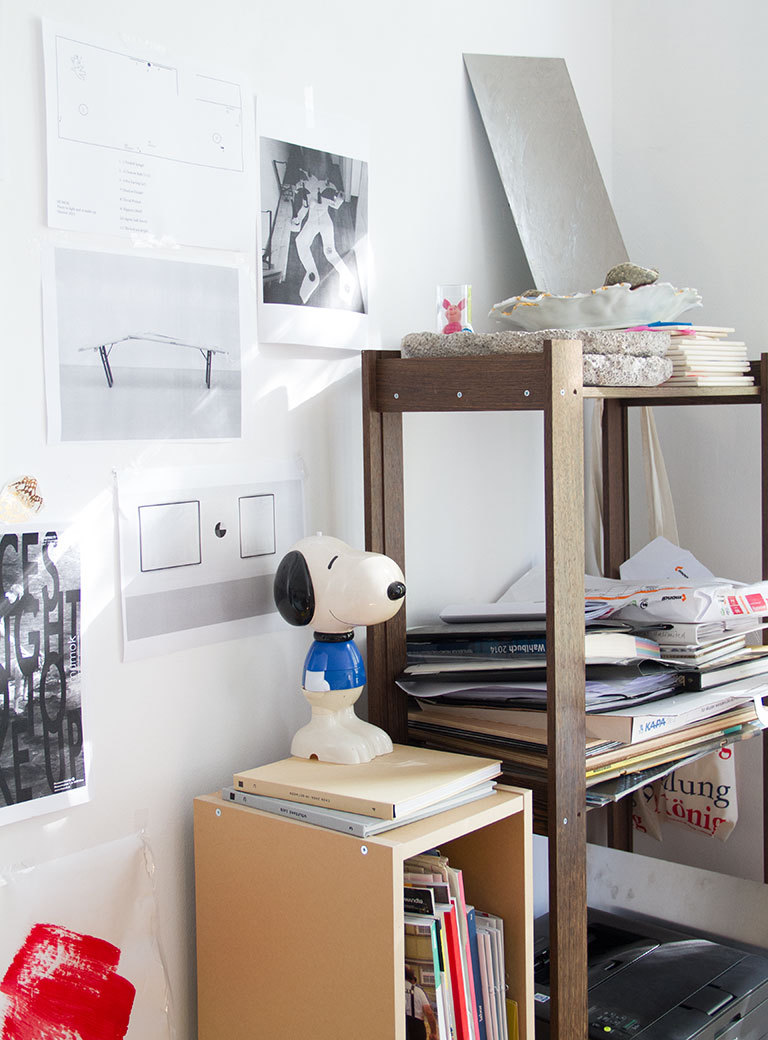
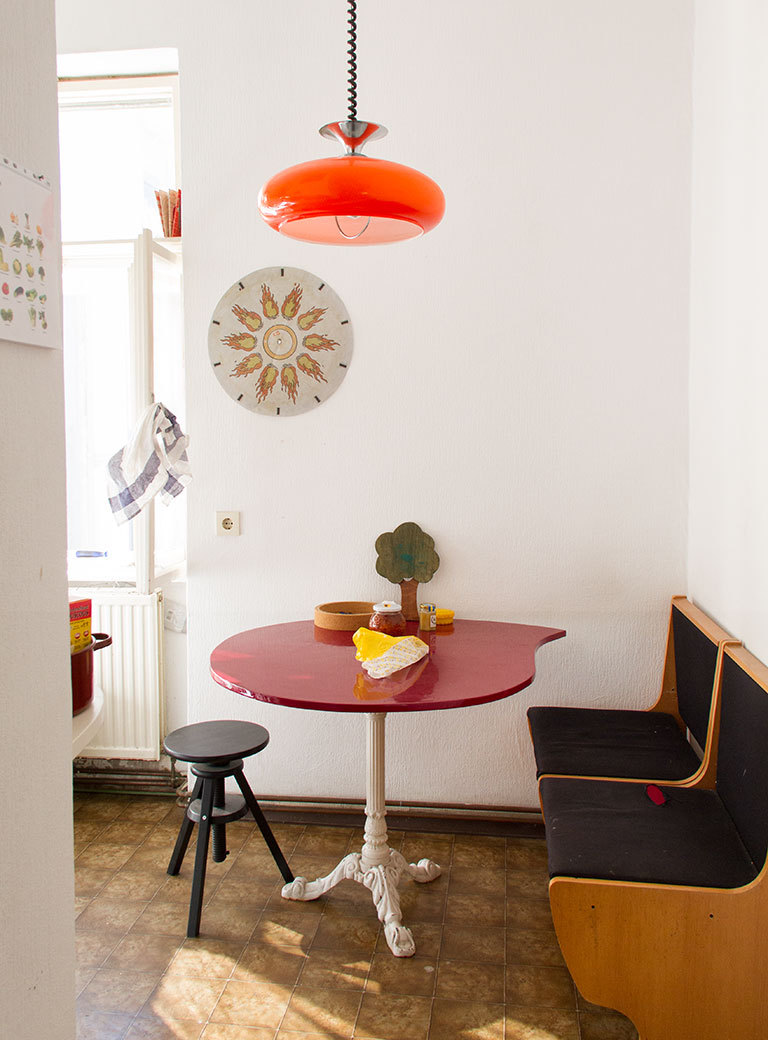
You don’t try to find answers for what motivates you or us, but you rather want to identify the questions.
Yes, precisely. I don’t believe in simple messages, but rather in the dialectics of ever re-performed discourse. In my work I am rather interested in collapsing the house of cards once a week and thereby introducing the risk of “messing up in public.”
Recently you have received the “Kapsch Contemporary Art Prize.” For the first time, this prize was awarded in cooperation with Mumok and entails an exhibition at the museum. How does it feel to be the first who is awarded this prize?
I was very surprised, because so many excellent people had been nominated. I was completely happy; the Kapsch Prize is a super project. Of course I ask myself the question of how to live up to it, but when I work all projects are equally relevant and I always have the same sleepless nights!
In an exhibition one is always exposed to the viewer’s criticism. How do you deal with it?
My mother tells me once in a while that it is difficult to explain to others what I do. That’s why I have made the book to accompany the exhibition calling it “Manual”. I don’t claim my work and myself must be universally understood. I rather believe it is like with friends: there may perhaps be five people in life who will understand you quite well. And then there are institutions that help to shape an understanding. I think it takes time and intimacy to recognize my art.
In a few weeks you will move to New York. Is Vienna too small for you? What is the reason for your move?
The only gallery who represents me is in New York. It is a very close and family-like relationship and I also have a large circle of friends in New York. I have always had an affinity with the City. After eight years in Vienna I feel that I need a change. I love Vienna like a Viennese loves and hates her city. Although I grew up in the country, I think of myself as Viennese. But I’m not a city child – I have no fear of bees and I climb trees. (laughs) New York itself cannot be fully comprehended I think, but I look forward to the challenge.
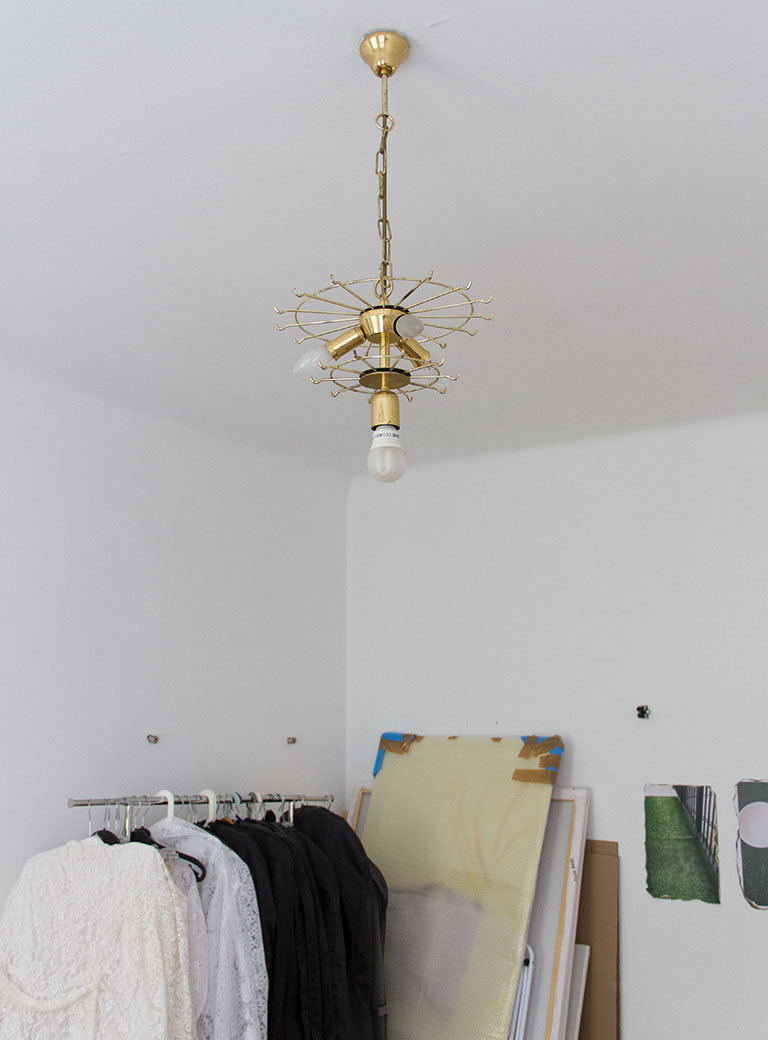
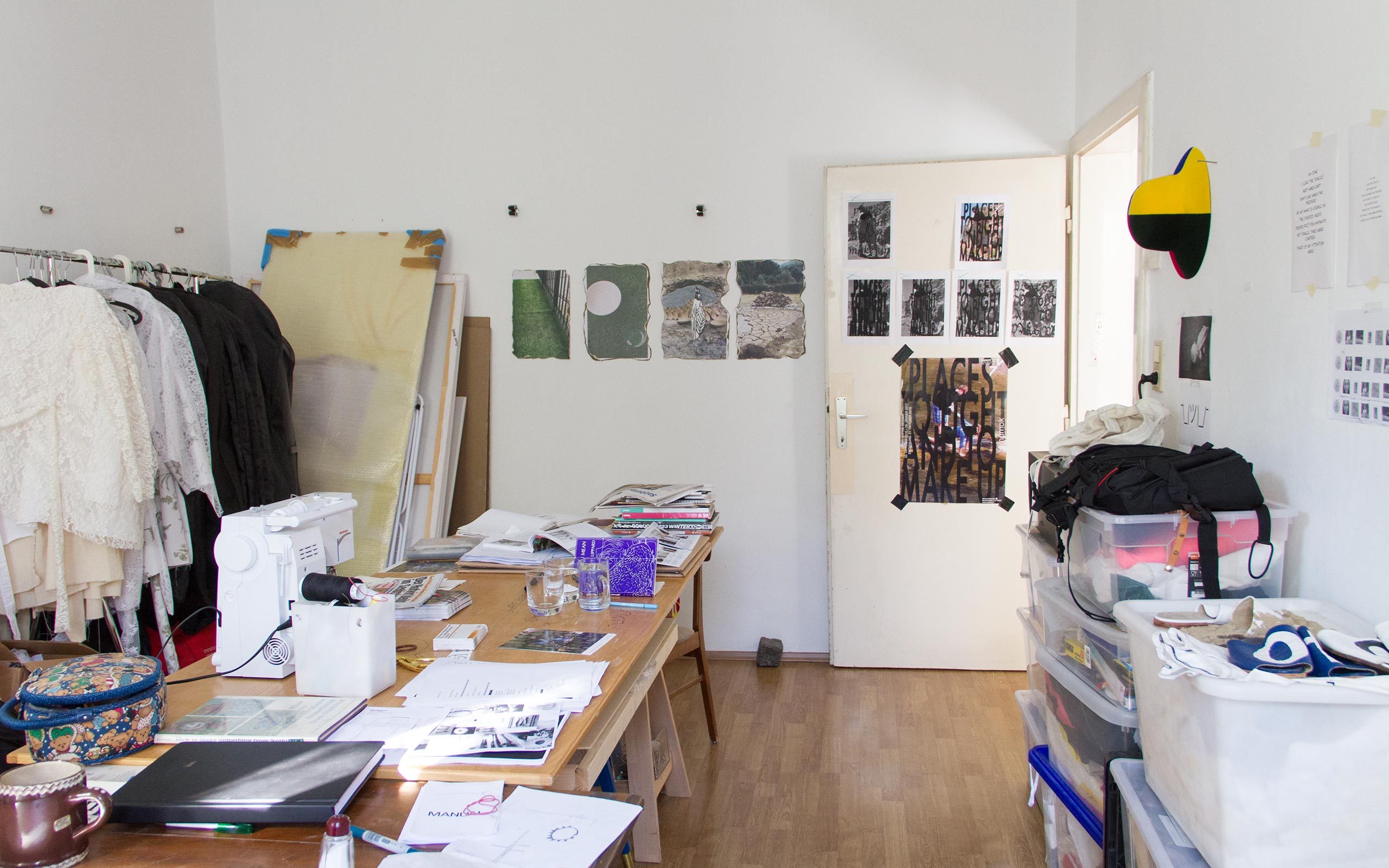
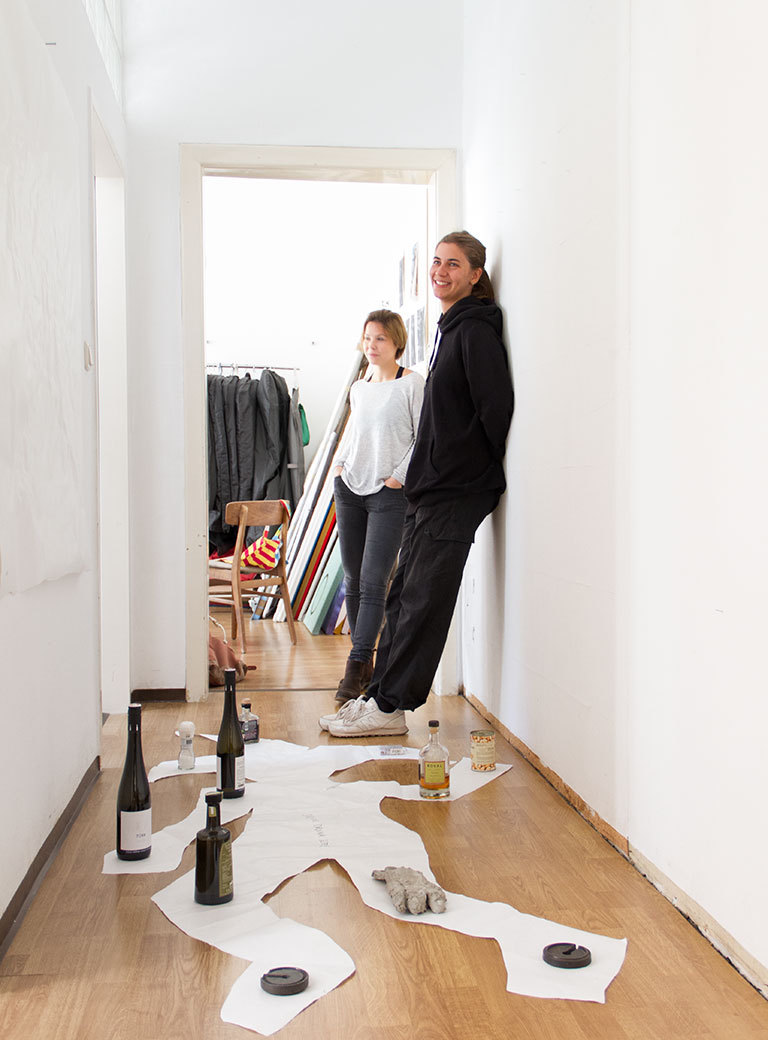
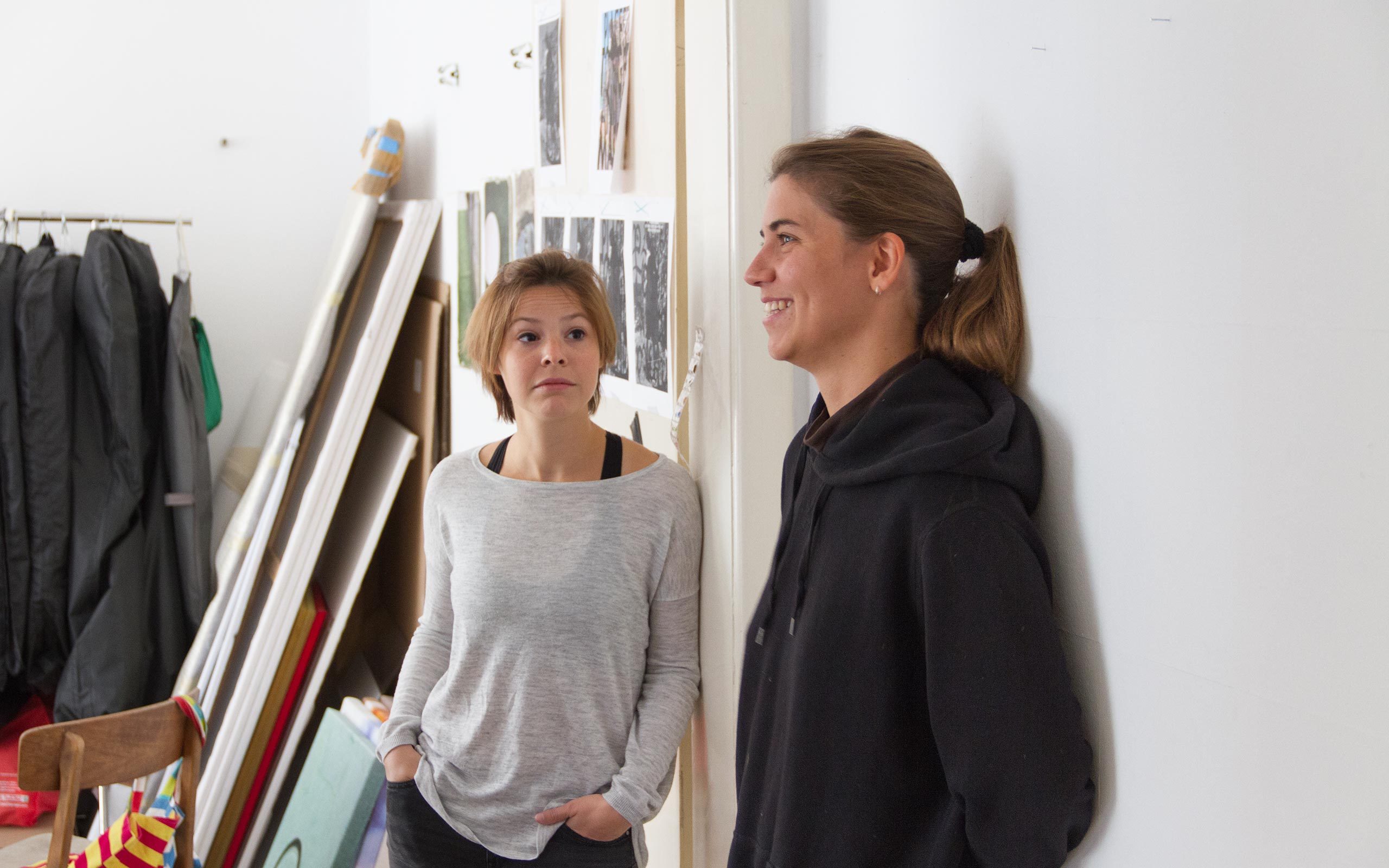
Interview: Michael Wuerges
Photos: Florian Langhammer


